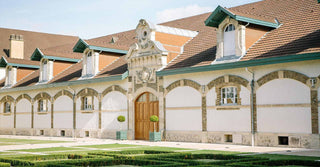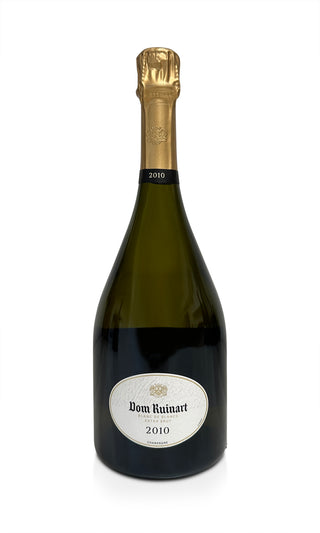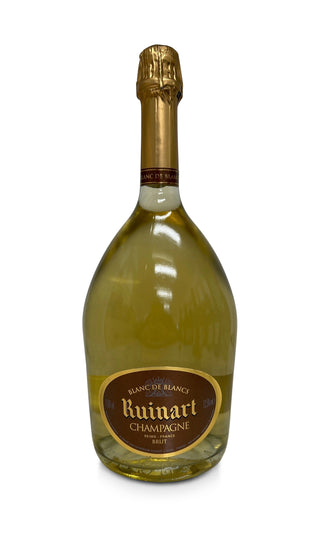
Maison Ruinart
Maison Ruinart
The oldest champagne house in the world
The history of Maison Ruinart dates back to the birth of champagne itself. At the beginning of the 18th century, the Benedictine monk Dom Thierry Ruinart was introduced to the secret of making “sparkling” wine by none other than his friend and confidante, the monk Dom Pierre Pérignon, in the Abbey of Hautvillers. He passed this secret of champagne production on to his nephew Nicolas. Nicolas came from a middle-class family of cloth merchants from Champagne, France. On his trading trips through Europe, he recognized the huge future potential of champagne. At the time, sparkling wine was enjoying increasing enthusiasm at the courts of the nobility throughout Europe. However, in order to realize his dream of a champagne house, Nicolas still had to wait for a royal decree allowing the transport of bottled wine. Until then, wine could only be transported in barrels, which was of course unthinkable for champagne. The royal decree was finally granted in 1728 and a year later Nicolas founded the Maison Ruinart, the oldest champagne house in the world still in existence today. The first shipments of the popular sparkling wine went to other cloth merchants as a kind of giveaway. Nicolas quickly realized that the wine business was more bearable than the cloth business, so from 1735 he concentrated exclusively on the sale of sparkling wine. For many decades, the family knew very well how to combine their business with politics. The founder's son was an advisor at the court of King Louis XVI. His son, in turn, received French emperors and kings at his castle in his function as mayor of Reims. The winery was family-owned until 1963. It was then bought by the champagne group Moët Chandon and is now part of the luxury goods group LVMH. To this day, however, nothing has changed in the fact that the Maison's wines represent a perfect combination of tradition and innovation.
In tune with the times
Throughout its history, Maison Ruinart has been at the forefront of technical innovation in the production of champagne. The winery's first technical challenge was to make the fine sparkling wine suitable for transport. In the early years, much of the wine production was lost on the bumpy roads of Champagne. Only an improved wall thickness of the bottles made safer transport possible. The Ruinart family also played an important role in the internationalization of the champagne business. In the early 19th century, much of the production went to Russia and the United States. When shipping the bottles in rustic wooden crates, Ruinart was one of the trendsetters. Last but not least, when it came to wine storage, the Ruinart family was one of the first to store their bottles under the best climatic conditions. In 1769 she acquired some old mine tunnels in which lime and chalk had previously been mined. The constantly cool temperatures of the tunnels proved to be perfect for storing the sparkling wine for years. Today the tunnels are part of the UNESCO World Heritage and can be visited as part of a tour of the winery.
The Maison's grapes
With a cultivation area of around 14 hectares and annual sales of around 150,000 bottles, the Maison is one of the smaller champagne houses in France. Within the LVMH Group, however, the wines stand for the highest quality. In the production of its classic champagne, for which the grapes Chardonnay, Pinot Meunier and Pinot Noir are used, the Maison relies primarily on the former grape. The Chardonnay grapes used come mainly from the Côtes des Blancs and the Montagne de Reims. Above all, the freshness and the harmonious aroma of the Chardonnay grape stand for the unique character of the Ruinart champagne. However, Chardonnay needs time to develop its full flavor. In order to create a great wine from this grape variety, it is stored in the winery's chalk cellars for at least three years. The vintage champagnes trading under the name "Dom Ruinart" are even stored for up to ten years until the cellar master is completely satisfied with the result. The rosé champagne from the traditional winery is also very popular. It is made from a ratio of around 80 percent Chardonnay and around 20 percent Pinot Noir. The red Pinot Noir grape gives the rosé champagne an intensively fruity and spicy note of cherries, berries and nutmeg. A classic among champagne lovers is the Dom Ruinart Rosé vintage cuvée, which so far has only been available from the 2002 and 2004 vintages.

